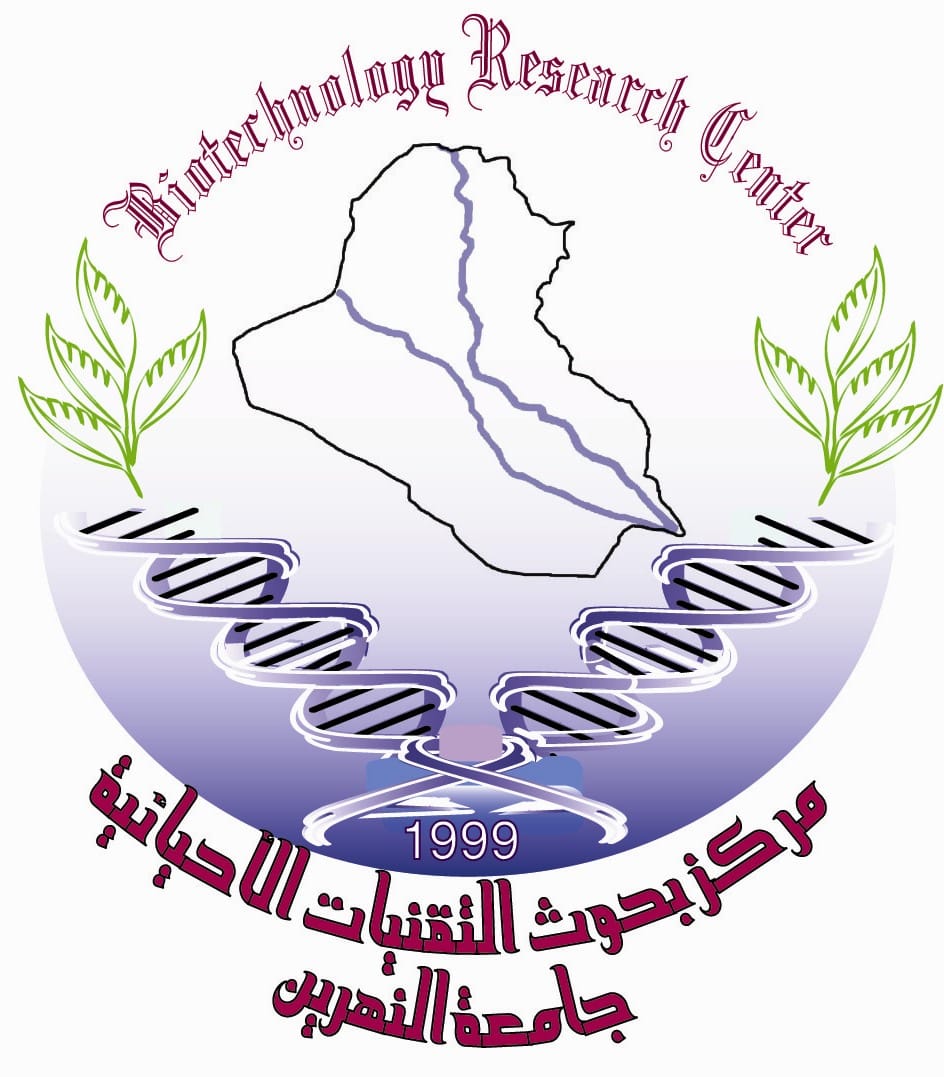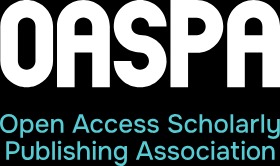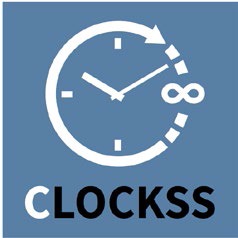Treatment of Waste Paper Using Ultrasound and Sodium Hydroxide for Bioethanol Production
DOI:
https://doi.org/10.24126/jobrc.2018.12.1.555Keywords:
Bioethanol, Cellulomonas uda, ultrasound, waste paperAbstract
Bioethanol produced from lignocellulose feedstock is a renewable substitute to declining fossil fuels. Pretreatment using ultrasound assisted alkaline was investigated to enhance the enzyme digestibility of waste paper. The pretreatment was conducted over a wide range of conditions including waste paper concentrations of 1-5%, reaction time of 10-30 min and temperatures of 30-70°C. The optimum conditions were 4 % substrate loading with 25 min treatment time at 60°C where maximum reducing sugar obtained was 1.89 g/L. Hydrolysis process was conducted with a crude cellulolytic enzymes produced by Cellulomonas uda (PTCC 1259).The maximum amount of sugar released and hydrolysis efficiency were 20.92 g/L and 78.4 %, respectively. Sugars released from waste paper were fermented into bioethanol with Saccharomyces cerevisiae. The maximum concentration of bioethanol estimated was 9.5 g/L after 48h of cultivation, the yield and volumetric productivity were 0.454 g/g glucose and 0.2g bioethanol/ L h. respectively. This study of ultrasound and sodium hydroxide treatment may be (we think) it will be a promising technique to develop bioethanol production from waste paper.
Downloads
Published
How to Cite
Issue
Section
License
This is an Open Access article distributed under the terms of the creative commons Attribution (CC BY) 4.0 license which permits unrestricted use, distribution, and reproduction in any medium or format, and to alter, transform, or build upon the material, including for commercial use, providing the original author is credited.











